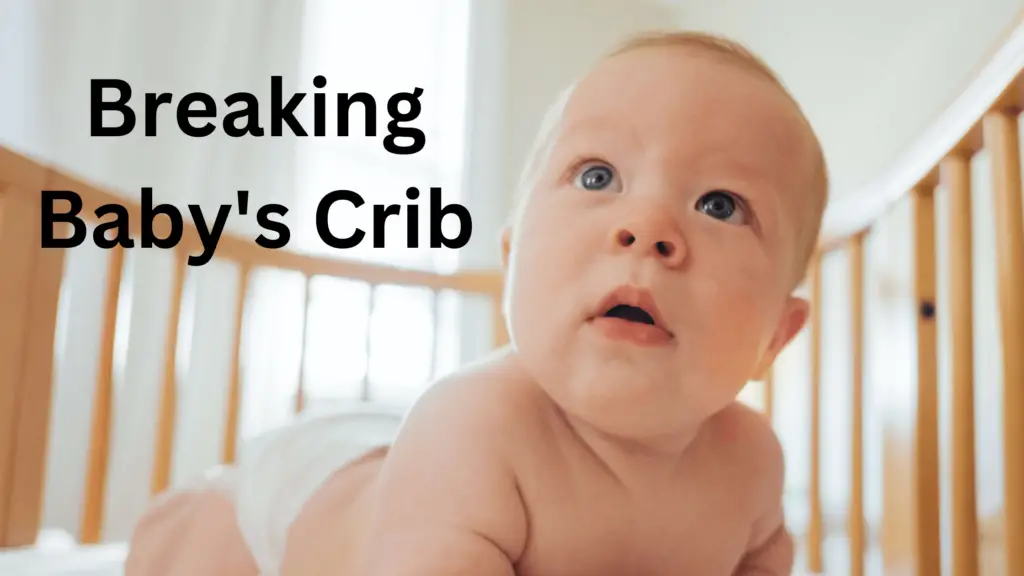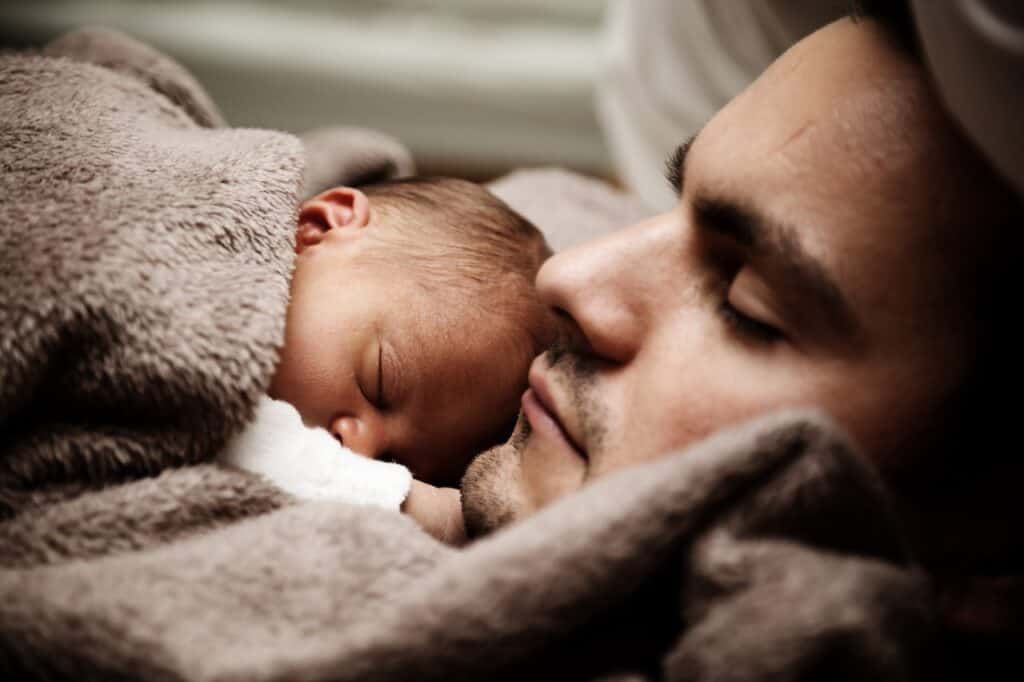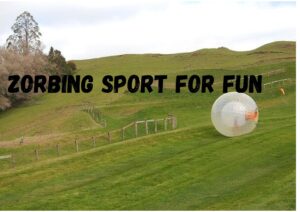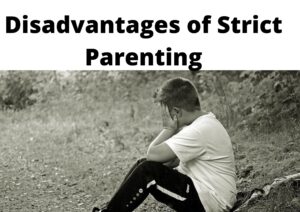It’s totally normal to have all sorts of questions when it comes to your precious little one’s well-being. One intriguing question that often pops up is whether it’s safe for us adults to squeeze ourselves into our baby’s crib. This is associated with the worry: will I break my baby’s crib if I get in?
Can Adults Get in Cribs?
I get it – you might have seen that adorable crib and had a fleeting thought of squeezing in for a cute photo. After all, it’s so tempting to imagine how it feels to be in that cozy space with your little one. But here’s the scoop: baby cribs are designed for babies, not adults. Those cribs might seem sturdy, as they’re built to withstand a baby’s movements, but they’re not built to handle adult weight and movement.
Imagine a crib as a delicately balanced structure, with slats, a mattress support system, and overall dimensions carefully calculated to provide safety and comfort for your baby. While some cribs might appear robust enough to accommodate an adult’s weight, the truth is that the materials and design are not intended for such stress. Attempting to get into the crib could strain its structural integrity, loosen screws, and potentially create safety hazards for your baby.
Can a Parent Sleep in a Crib with Baby?
The allure of cozying up in the crib with your little bundle of joy is real. The thought of snuggling together, bonding in the intimate space your baby loves so much, is undeniably heartwarming. However, it’s important to consider safety above all else.
Co-sleeping with your baby in the crib can be risky. Babies need their own safe sleep space to reduce the risk of suffocation, entrapment, and sudden infant death syndrome (SIDS). Cribs are designed with specific safety standards to ensure a secure sleep environment for infants. Placing an adult’s weight on the crib mattress could cause it to sag or even warp, compromising its ability to provide proper support for your baby.
While the idea of bonding in the crib might be tempting, there are safer alternatives that allow you to create special moments with your baby. Consider placing a bassinet or a co-sleeper adjacent to your bed. This way, you can still be close to your little one while ensuring a separate and safe sleep environment.
What Age Can You Move a Baby from a Crib?
The big transition from crib to a toddler bed is a milestone in your baby’s life, and it usually happens between 18 months and 3 years of age. But there’s no one-size-fits-all answer. Every child is unique, and their readiness for the transition varies.
Watch for signs that your little one is ready for the move. Is your baby attempting Houdini-like feats to escape the crib? Or is your child showing curiosity about the bigger world beyond the crib’s rails? These might be hints that it’s time to consider a toddler bed. Keep in mind that toddler beds often come with guardrails to prevent falls, providing an added layer of safety during this exciting transition.
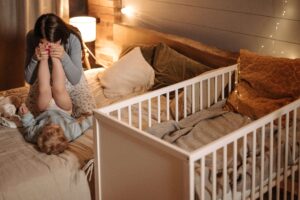
The Construction of Baby Cribs
Cribs are usually made of wood, metal, or plastic, and they’re crafted to meet strict safety standards. Manufacturers understand that parents need peace of mind knowing their little ones are safe and secure while they sleep.
The choice of materials is important. Wood is a popular choice for cribs due to its durability and classic appearance. Metal cribs offer a sleek and modern design while being sturdy. Plastic cribs, though less common, can be lightweight and easy to move around. Regardless of the material, all cribs are designed with the utmost care to ensure they can provide a safe and comfortable space for your baby to snooze.
Weight Limits and Guidelines
Every crib comes with a weight limit, and it’s not just there for show. It’s a critical factor in ensuring your baby’s safety while they’re in the crib. The weight limit takes into account your baby’s weight, as well as any additional items you might place in the crib, like a mattress, toys, or blankets.
Going over the weight limit could potentially strain the crib’s structure and affect its stability. Even though the crib might appear strong, it’s important to adhere to these guidelines to ensure your baby’s safety. Manufacturers calculate these limits with your baby’s safety in mind, so it’s best to play it safe and follow their recommendations.
Read About: Ways How To Improve Baby Skin Colour During Pregnancy
Impact on Crib Integrity
So, what’s the real deal with climbing into the crib for a cute pic or a moment of play? While most cribs are built with durability in mind, it’s important to understand that excessive force or pressure can cause wear and tear over time. Those seemingly harmless actions might weaken the crib’s structure and compromise its safety.
Even though your crib might seem like a fortress, it’s still made up of individual components, like slats, mattress supports, and fasteners. These elements are carefully designed to work together and provide the best sleeping environment for your baby. While a one-time playful moment might not have an immediate impact, repeated actions could add up over time, leading to unintended consequences.
Will I Break My Baby’s Crib If I Get In
The weight limit of a crib is 50 lbs and that of a full-size bed conversion is 500 lbs. The average weight of a teenager, at the age of 13, is 100.0 lb. (45.36 kg) while that of an adult is 60 kg (130 lb). Keeping in mind that the normal weight capacity of a crib is 35 to 50 pounds, it would mean that a crib is made for people who weigh 50 pounds (22.6 KGs) and less. Base on this we can conclude that attempting to get into your baby’s crib as an adult can potentially compromise the crib’s structural integrity and safety.
So, will I break my baby’s crib if I get in? The best response is yes, because the weight the crib can support will be more. If you weigh more than the average capacity, too much strain is put on the crib, and it breaks. Additionally, if you are not careful, you could knock the crib over or injure yourself or your baby. Before thinking of getting into a crib, consider the weight it can hold.
If you are concerned about breaking your baby’s crib, it is best to err on the side of caution and not get in. There are plenty of other places where you can relax and cuddle with your baby, such as on the couch or in your bed.
Here are some tips for safely getting in and out of a crib:
- Make sure the crib is properly assembled and anchored to the wall.
- Never get in or out of the crib while your baby is inside.
- If you are overweight, ask for help from someone else to get in and out of the crib.
- Be careful not to knock the crib over.
- If you are feeling dizzy or lightheaded, do not get in the crib.

Potential Risks
It might seem like a fun idea, and you might think, “I’m just adding a bit of weight – what harm could it do?” But consider this: those cribs are designed to ensure your baby’s safety, not accommodate an adult’s weight.
By attempting to get into the crib, you could unintentionally loosen screws, put stress on the mattress support system, or compromise the overall stability of the crib. Remember, even the tiniest alteration to the crib’s integrity could create safety hazards for your little one. It’s better to play it safe and enjoy other bonding activities that don’t put your baby’s sleep space at risk.
Tips for Caring for the Crib
Taking good care of your baby’s crib is essential for ensuring its longevity and your baby’s safety. Here are some practical tips to consider:
- Regular Inspections: Periodically inspect the crib for loose screws, damaged slats, or other signs of wear. Tighten any loose screws promptly and address any issues you notice.
- Proper Assembly: Follow the manufacturer’s instructions carefully when assembling the crib. Proper assembly is key to ensuring the crib’s stability and safety.
- Mattress Fit: Make sure the crib mattress fits snugly within the crib. Gaps between the mattress and the crib’s sides could pose a suffocation hazard.
- No Heavy Items: Avoid placing heavy items on the crib, as this could strain the crib’s structure over time.
- Gentle Playtime: Instead of hopping into the crib, engage in gentle playtime activities with your baby outside the crib. Reading a book, playing peek-a-boo, or singing together are wonderful ways to bond.
Safety First
In the realm of parenting, the paramount principle is prioritizing safety above all else. Baby cribs are meticulously crafted with the fundamental objective of ensuring a safe and nurturing sleep environment for infants. While the notion of playfully entering the crib might carry an element of charm, it remains imperative to bear in mind that these spaces are meticulously designed to cater to your baby’s unique requirements.
Cribs are designed with safety standards that take into account factors such as spacing between slats, mattress support, and overall stability. Placing an adult’s weight into the crib could compromise these safety measures and potentially put your baby at risk. It’s our responsibility as parents to prioritize our children’s safety above all else, even if it means skipping that irresistible photo op.
Conclusion
If you were wondering: will I break my baby’s crib if I get in? we believe that you have an answer. It’s crucial to recognize that the weight limit of a crib extends beyond the individual using it. This limit encompasses any items introduced into the crib, including toys, blankets, and pillows. Thus, maintaining an uncluttered crib environment is essential to prevent excessive weight bearing down on it. Should you contemplate entering a crib, it’s prudent to take into account the crib’s weight-bearing capacity.


